These are the 101 best restaurants in Los Angeles
- Share via
There is no such thing as the quintessential Los Angeles restaurant.
That’s the soul-deep beauty of dining in our city. The street stand where burnt-orange birria juice drips onto your T-shirt from your third taco defines the L.A. experience as much as the holiest omakase counter, the scrappiest natural wine bar and the latest steakhouse-style burger sensation.
Some chefs arrange lettuces among summertime peaches so otherworldly in flavor they all but cross into science fiction. That describes our glory with salads — as do the stinging lime and crisped rice of nam khao tod, and the specific tang of dried mint and pomegranate molasses in fattoush made by careful, practiced hands.
It’s the collective greatness, the sum of our exquisite differences, that makes L.A. remarkable. Perhaps such a thought can comfort in dark times.
The 101 Best Restaurants in Los Angeles, now in its 12th year, is a guide to excellence but also the annual family photo:: The calendar flips and we don’t look quite the same as before.
Food columnist Jenn Harris joins me as co-author of this 2024 edition. After several cycles of tackling the 101 project solo, I’ve been traveling more to report on dining across California, so our two-person approach to surveying L.A.’s paragons made wonderful sense. We crisscrossed the region for months, checking in on stalwarts and swapping notes on potentially overlooked contenders. We agreed a lot and debated plenty (especially about pizza). We asked ourselves over and over: Which mix of restaurants tells the most compelling, complete and delicious story about Los Angeles? This is our answer.
These restaurants are so defining of what it means to eat and live in Southern California — that they’ve earned a place of honor for all time.
The lineup includes 27 new entrants. They’re bright lights, braving fresh perspectives, in a time of economic upset for the restaurant industry that has witnessed dozens of closings over the last year.
Among the newcomers: the Silver Lake cafe rewriting the Persian menu playbook with intricate stews and a giant meatball; the downtown Arts District bistro where Japanese and French flavors meet in a bowl of spaghetti or a billowing pot pie; and a stall at the Mercado La Paloma where masa made from heirloom Mexican corns receives its due as an art form.
Restaurant critic Bill Addison and columnist Jenn Harris share seven of their favorite spots to drink in Los Angeles, from cocktail and wine bars to Middle Eastern coffee.
Additionally, Jenn and I welcome five honorees to the 101’s Hall of Fame list. These are icons with names you’ll likely recognize, run by chefs who’ve fundamentally shaped L.A. dining. We also point out seven of our favorite new places for drinking — mostly wine and spirits, but including a Studio City shop serving Middle Eastern-inspired coffee brewed in sand.
If our dining culture defies easy categorization, at its finest it also embodies creative possibility and connection at the table. Our lives, it seems to me, could use these virtues more than ever.
— Bill Addison, restaurant critic
From Jonathan Gold to Bill Addison and Jenn Harris, the L.A. Times 101 Best L.A. Restaurants list is not just about splurge spots but all of the places that make Los Angeles an exciting place to live and eat.

Locol

Kang Kang Food Court

Mario’s Butcher Shop

Crossroads Kitchen

Surawon Tofu House

Origin

Nok's Kitchen

Bistro Na's

Las Segovias

Tokyo Fried Chicken

Lasita

n/soto

Bhookhe

Hakata Izakaya Hero

Mr. T

Stir Crazy

Lalibela

Post & Beam
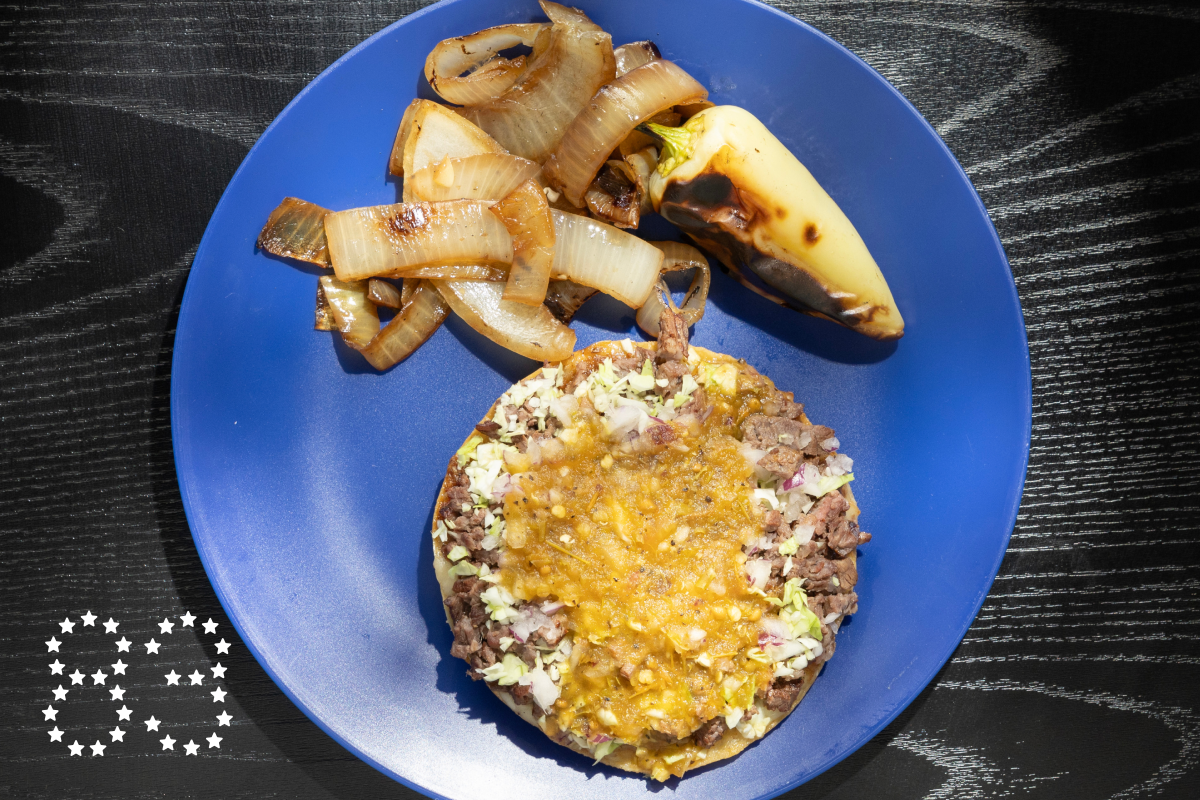
Tacos La Carreta

Sincerely Syria

El Bacano

Sobar

Hu Tieu De Nhat
Another for the short list: Hu Tieu De Nhat, a nine-table storefront in Garden Grove’s Koreatown community. The specialty is hu tieu, a noodle soup vital to Saigon’s street-food culture that distills Chinese, Vietnamese and Cambodian influences. Concentrate on the “Nam Vang” section of the menu, choosing from among three noodles: egg, rice or “glass” made from potato starch. Order them in combinations to accentuate the bouncy, squiggly contrasts. Bowls arrive arrayed with shrimp, pork belly, ground pork, fishcake and quail eggs. “Soup or dry?” the server asks. If there are two of you, try one of each. The broth, flavored with pork bones and dried shrimp, comes on the side for the dry version: You might add it a little bit at a time, along with crucial condiments like pickled garlic and a chile oil reminiscent of XO sauce. It might take a minute to tune your seasonings, but when your chopsticks finally plunge into your hu tieu, the tastes and textures are symphonic.

Camphor

Yess Restaurant

Villa’s Tacos
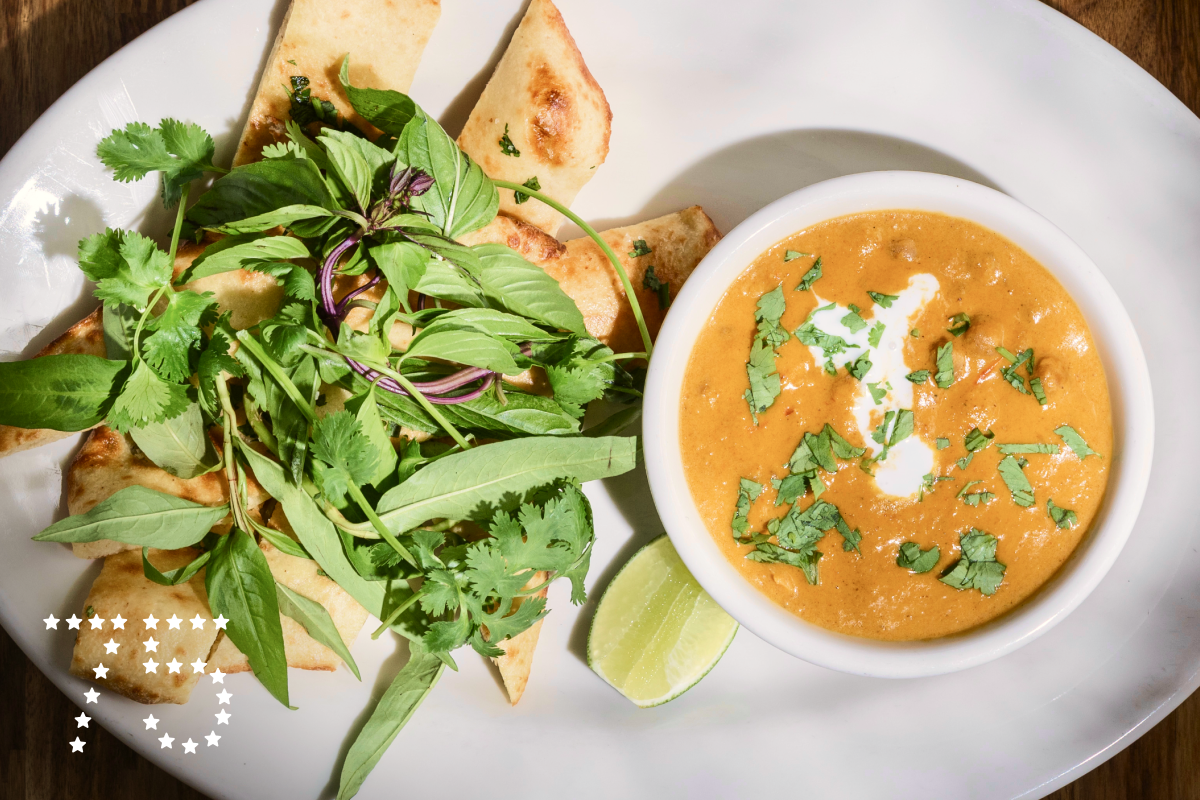
Cassia

Found Oyster

Macheen

Borit Gogae
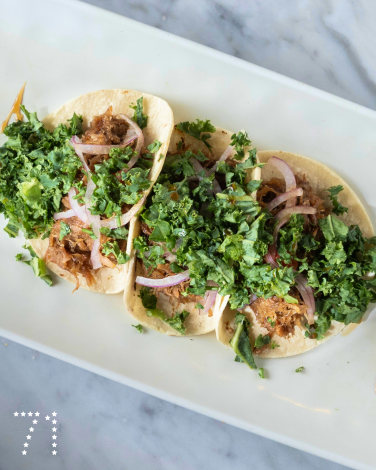
My 2 Cents

Bar Chelou

Pizzeria Bianco

Ladyhawk

Pine & Crane

Barsha

Damian

Poncho’s Tlayudas

Dulan's on Crenshaw

Delmy’s Pupusas

Asadero Chikali

Majordomo
Editor’s note: A previous version of this guide described Majordomo’s bo ssam as pork belly, but it is in fact pork shoulder. The entry has been updated to reflect this change.

Danbi
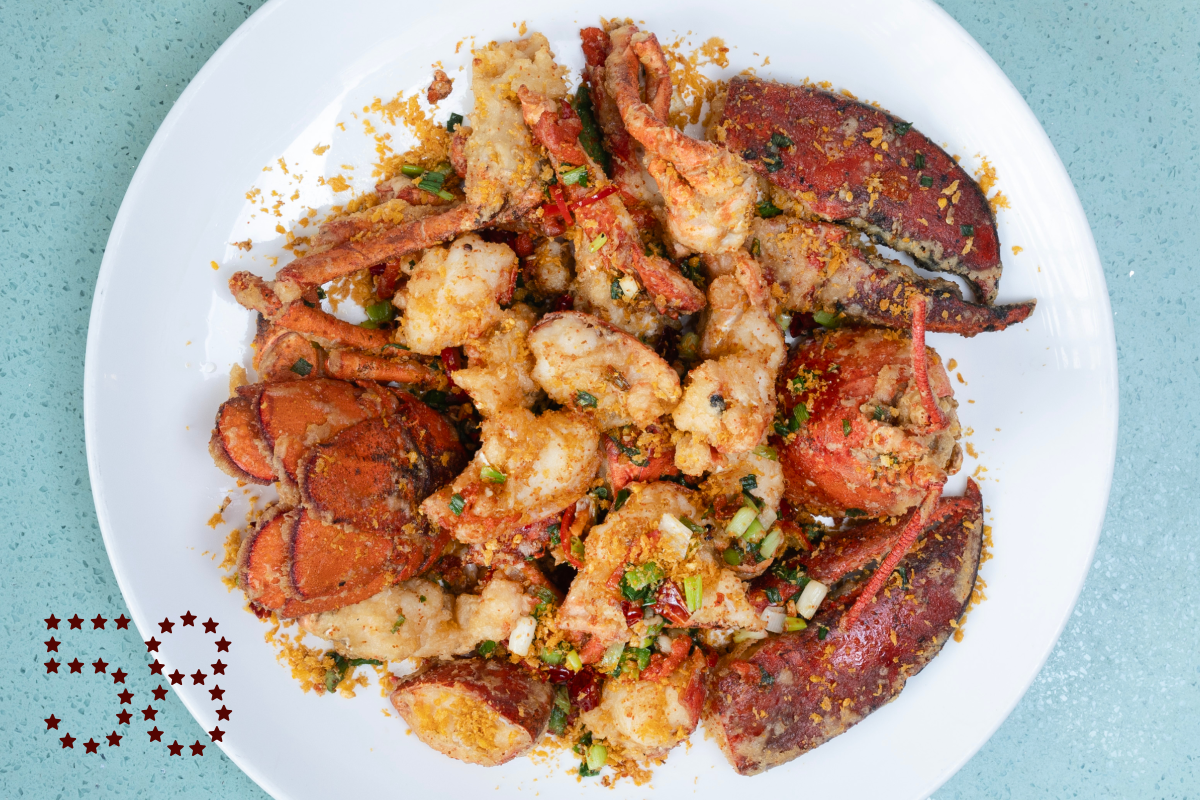
Henry's Cuisine

Mae Malai Thai House of Noodles

Kuya Lord

Yang's Kitchen
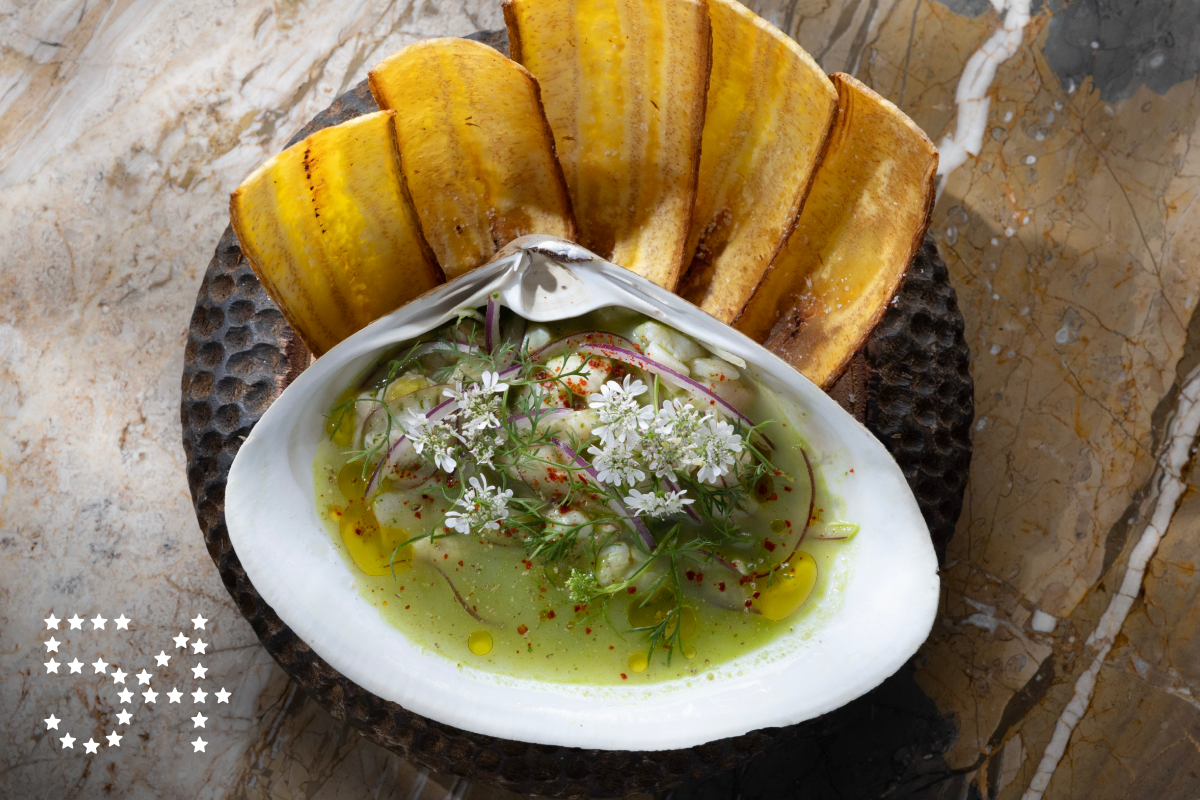
Si! Mon

Mori Nozomi

Birdie G’s

Bridgetown Roti

Vespertine
In April Jordan Kahn reopened Vespertine, his polarizing modernist restaurant that employs the arts — theater, music, painting, dance, perfumery; I could even argue for literature in the description of courses — in ways that no other restaurant does in California, possibly the world. Dinner in architect Eric Owen Moss’ Culver City building, aptly named “Waffle,” costs $395 per person. If you enjoy haute cuisine as high culture, and you can swing the bill, go for the operatic experience. (Go early; the evening runs about four hours.) Service and atmosphere can feel rigid in their idiosyncrasies, but the evolution of the cooking delivers far more tangible pleasures than pre-pandemic Vespertine. Four years ago, what you were fed could come across as alien and hostile. While Kahn still pushes food to the furthest edges of abstraction, there are more moments of warmth and relatability now too. You will leave satiated, and perhaps a little confounded. I’ve come to believe that’s the point.

Dear John's
I wasn’t around in the early 1960s, when Frank Sinatra and his celebrity pals filled the dining room. But Hans and Patti Röckenwagner and partner Josiah Citrin breathed new life into the space when they saved the building from demolition in 2019. An initial two-year lease has been extended through 2028 and I, like many customers, am happy to delay this Hollywood ending.

Heritage Barbecue

Two Hommés

Camélia

Petit Trois

Dolan's Uyghur Cuisine

Alta Adams
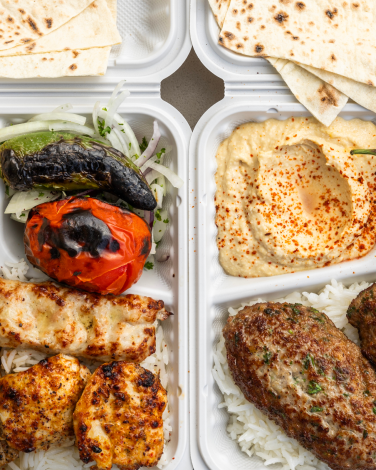
Mini Kabob

Sushi Kisen

Fat + Flour

Bavel

Komal

Bar Amá

Ammatolí

Yangban

Pizzeria Sei

Holy Basil

Sushi Kaneyoshi

Sushi Inaba

Osteria Mozza
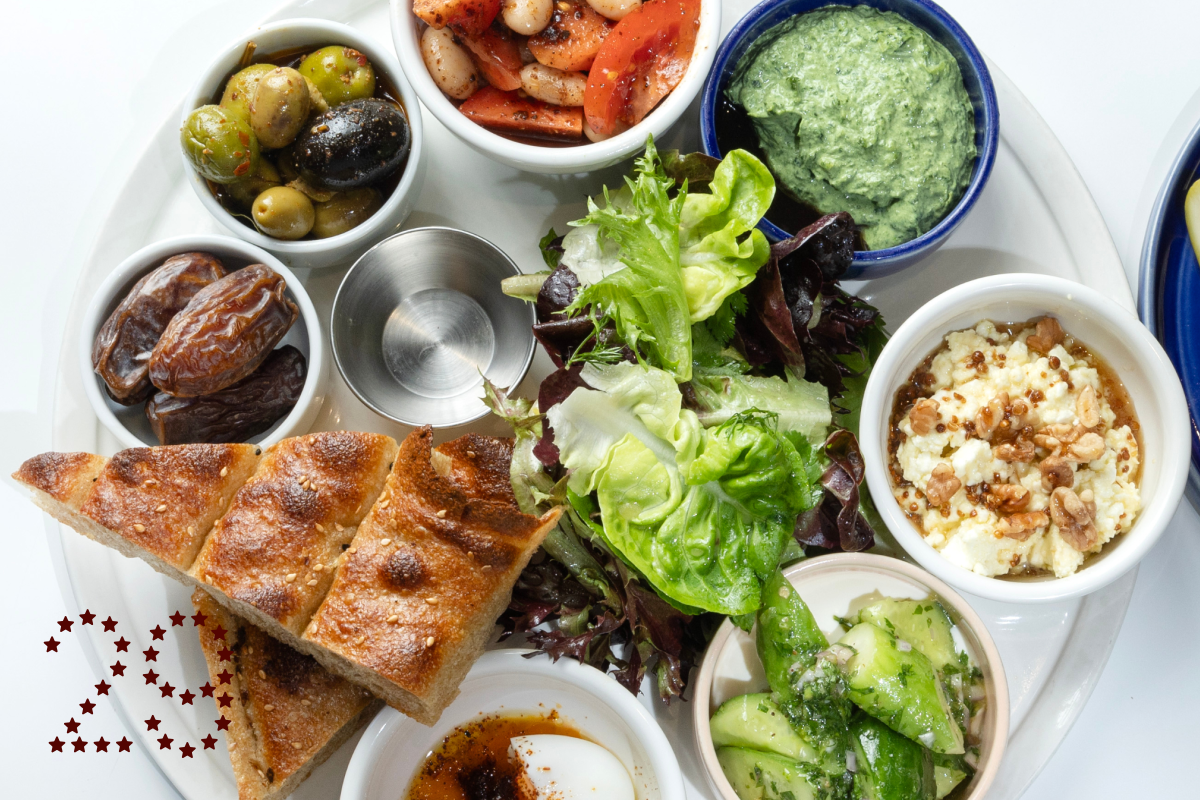
Kismet

Rustic Canyon
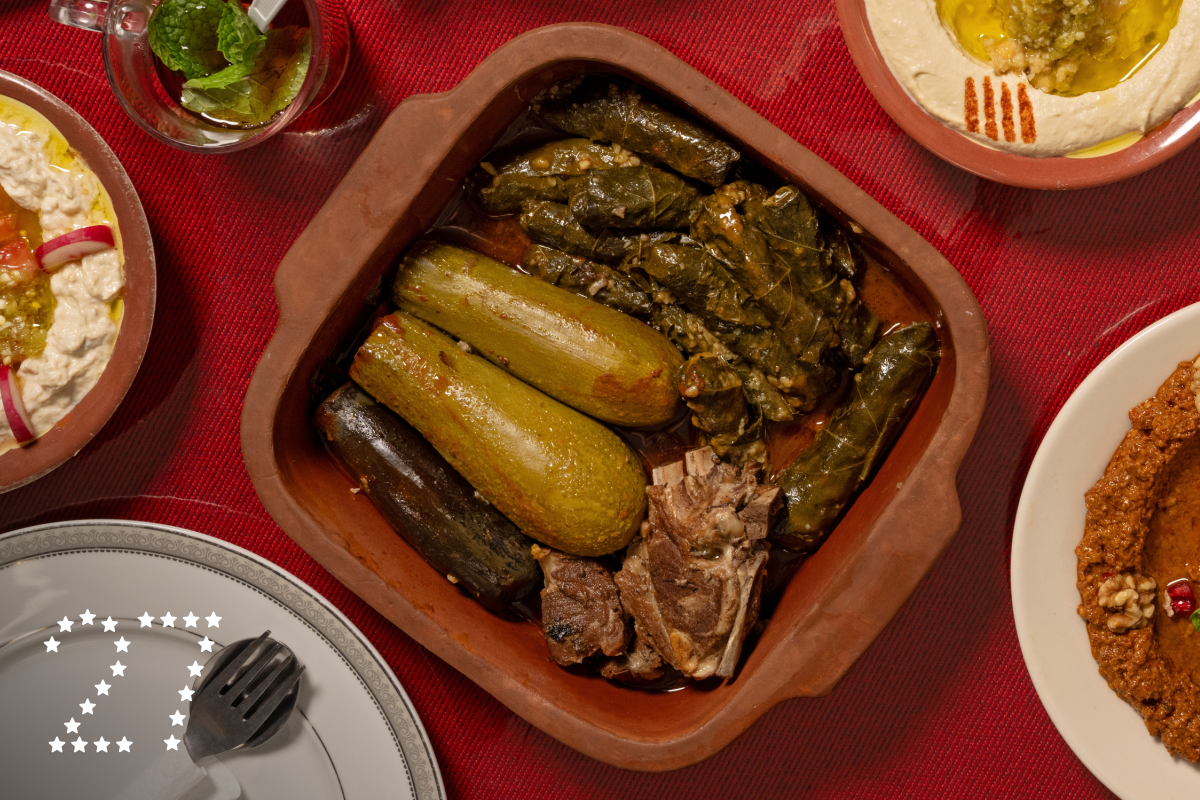
Al Baraka Restaurant

Sonoratown

Funke

Mélisse

Chi Spacca

Saffy's

Azizam

Knife Pleat

Perilla L.A.

Pasjoli
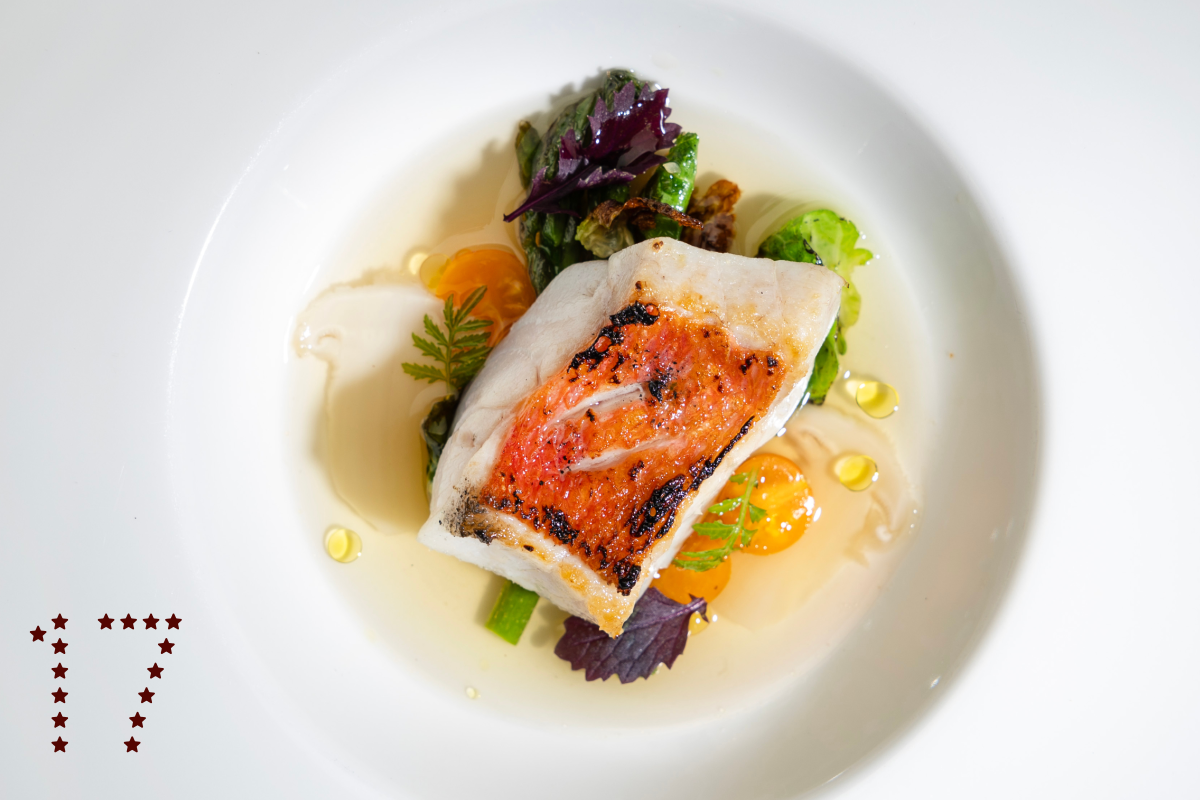
Orsa & Winston
Each course comes with its own epiphany. Crudité is reimagined as a tangle of sweet, crunchy snap peas, waxy green beans and slivers of pink radish dressed with a creamy miso and anchovy vinaigrette under ribbons of shaved black truffle. A crudo course is presented as bluefin tuna bathed in watermelon aguachile with pops of finger lime, pluot and cucamelons. His rice porridge, a longtime favorite that’s now an optional add-on, is a cross between congee and risotto, restorative yet decadent. On my last visit, a split prawn, uni, caviar, ikura, scallop and abalone were arranged neatly over the top. At $150 per person for five courses, it’s the most accessible fine-dining experience in the city.

Tsubaki

Here's Looking at You
HLAY meets us where we are: in need of a mood shift, out for a casual celebration, up for some ambitious cooking with hip-hop as the background. Owner Lien Ta ensures that the tone of the dining room, with its abstractly Midcentury Modern vibe, stays welcoming and convivial. Founding chef Jonathan Whitener took all the cuisines that live in our heads as food-loving Angelenos and managed to graft them onto one concise menu. Frog’s legs splattered with salsa negra. A crazy, unerring chopped broccoli salad that includes pickled ginger and all sorts of seeds and nuts to mix together. Tomatoes sprinkled with frizzled lap xuong and splashed with bagna cauda. Whitener died unexpectedly and heartbreakingly in February. But when the room is full, and diners are swiping signature shishitos through creamy tonnato just as the burgers start rolling out, the restaurant feels like it will always be part of our lives. Which I hope it will be.

Moo’s Craft Barbecue

Quarter Sheets

Antico Nuovo

Anajak Thai

Dunsmoor
Another sensation the kitchen team pulls from the hearth: an 8-ounce burger made from dry-aged beef with a thick veneer of Comté and a crown of onion jam or thick-sliced tomato (depending on the season). The restaurant makes 20 burgers a night and serves them only in the bar next door. Its hedonism is itself worth a trip to the bar, though I have also started with a burger before a full meal next door and finished the evening without room for grape buckle cake but also with no regrets.

n/naka

Barbacoa Ramirez

Providence
Nine courses, plus flurries of one-bite extras to begin and finish dinner, propel the $325-per-person tasting menu. Dishes change nightly to reflect the day’s catch. A gorgeous mid-September plate, for instance, centered the meatiest hunks of Washington state Dungeness crab arranged among poached spot prawns, a squash blossom filled with scallop-crab mousseline, roasted zucchini and a peeled braised tomato, finished with broth made from shellfish heads. The next night the kitchen switched to California box crab, and if I were a billionaire I would have returned to discern the crustaceans’ sweet, subtle differences. A big secret to Providence’s luxury approach resides in the extra touches: the crusty, fragrant sourdough boule using red fife wheat from Tehachapi Heritage Grain Project; pile-it-on options including tableside cocktails and seasonal truffles shaved over handmade pasta or the blondest omelet; and the balletic, mind-reading service team. Among them is wine director David Osenbach, whose dry humor pairs superbly with the premier cru Chablis he’s pouring.

Morihiro

Holbox

République

Baroo
Many of the restaurant’s longtime fans (I’m among them) remember when the project began nearly a decade ago in an unassuming Hollywood strip mall, serving wild, satisfying grain bowls and pastas that sold for under $20. Mina Park, who is married to Uh, deserves no end of credit for refashioning the ephemeral, short-lived legend into a viable business. The Arts District room is comfortable and flatteringly lit. The service is gracious. Emphasizing Korean spirits, beverage director Jason Lee masterfully complements the cuisine. And Uh continues to evolve in his craft. With 24 hours’ advance notice, for example, you can order a vegetarian version of the tasting menu. Its many wondrous and detailed components channel Korean temple cuisine, and it is immediately one of L.A.’s most brilliantly realized feasts, plant-based or otherwise.

Hayato

Kato
There is arguably no more ambitious chef in the city than Yao, who strives constantly to grow in his artistry, his grasp of technique and his insight into his own identity. During a tasting menu of a dozen or so courses, expect sculptural plates and reductions distilled from so many ingredients you’ll forget them 10 seconds after the good-hearted server rattles them off. What matters, from cured tuna scented with coriander to a final cream puff balancing salted egg yolk and brown sugar, is that they delight.
Nearly three years ago Yao and his team moved into the airy, wood-and-concrete-lined space in Row DTLA. The restaurant started as a bootstrap operation in a West L.A. strip mall in 2016 and has expanded in every dimension. Managing partner Nikki Reginaldo leads an ever-more-gracious staff. Ryan Bailey, who co-owns the restaurant with Yao, has amassed a wine list of nearly 3,000 bottles — and like all the greatest sommeliers, his conversation and wit take the stress out of deciphering an overwhelming document. Bar director Austin Hennelly has my vote for the city’s greatest bartender; his non-alcoholic program alone changes the game.
This is Kato’s second consecutive year in the No. 1 position. Over the last few months Jenn and I ate at hundreds of restaurants, separately and together, to narrow down our rankings. We shared a meal at Kato as the project was winding down. By dinner’s end, our bowls of peach shaved ice scraped clean, we agreed without question: For its across-the-board excellence, and the only-in-L.A. spirit that animates every detail, Kato earns the crowning slot.
Eat your way across L.A.
Get our weekly Tasting Notes newsletter for reviews, news and more.
You may occasionally receive promotional content from the Los Angeles Times.




